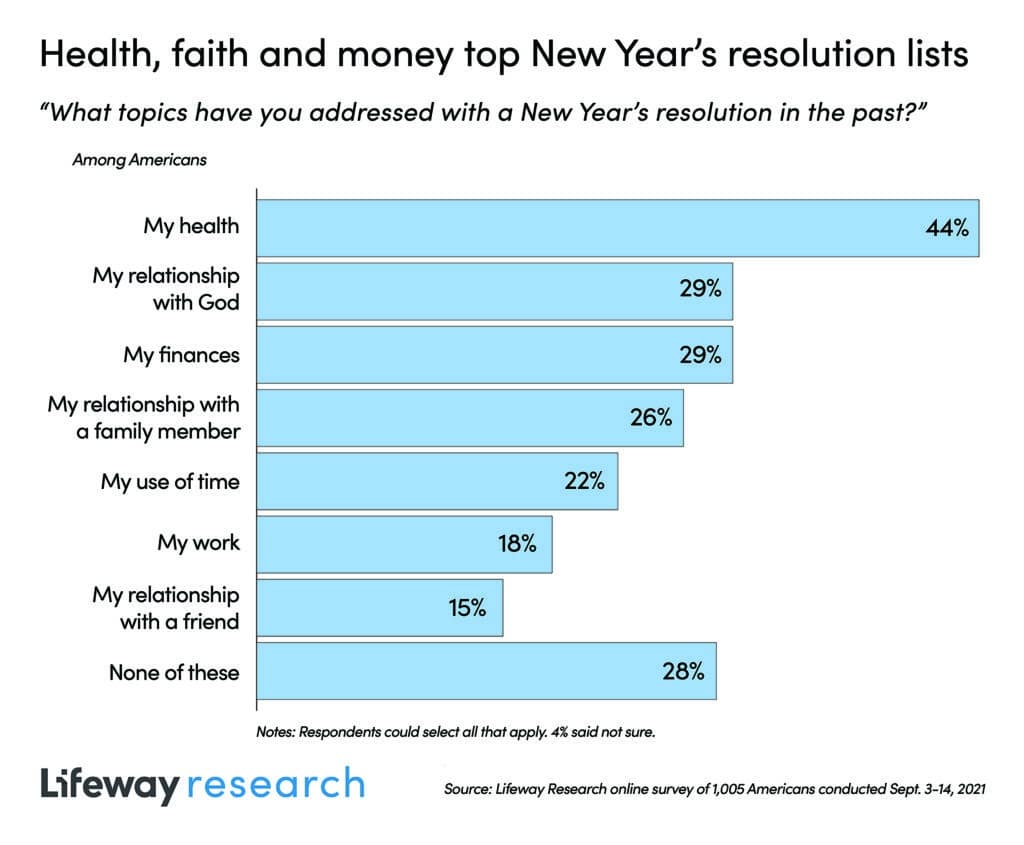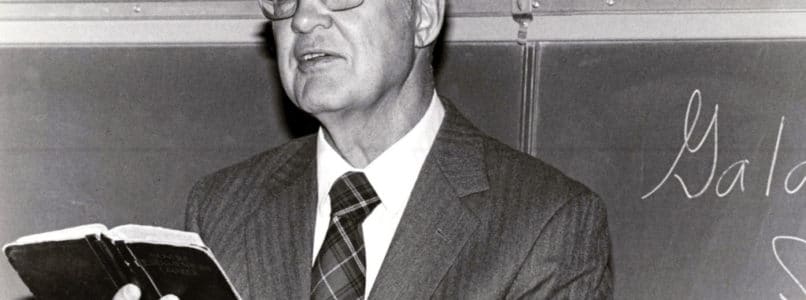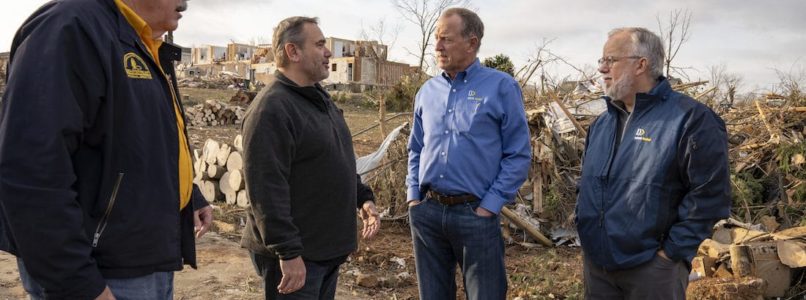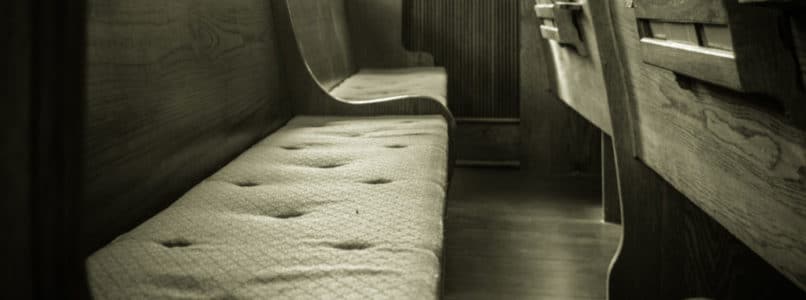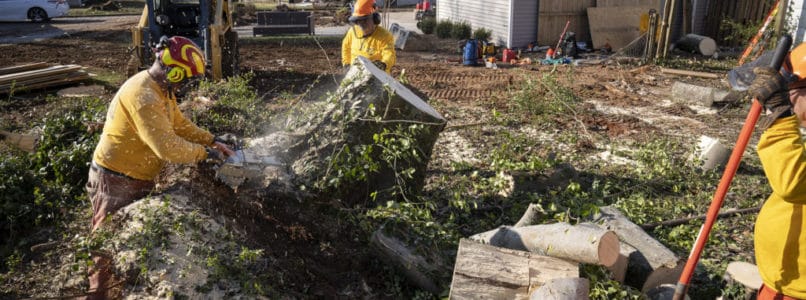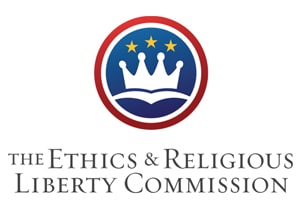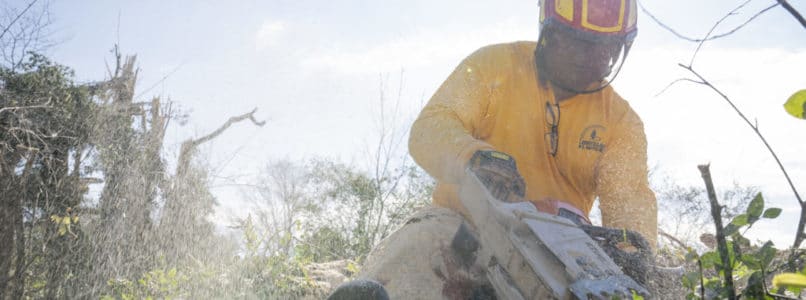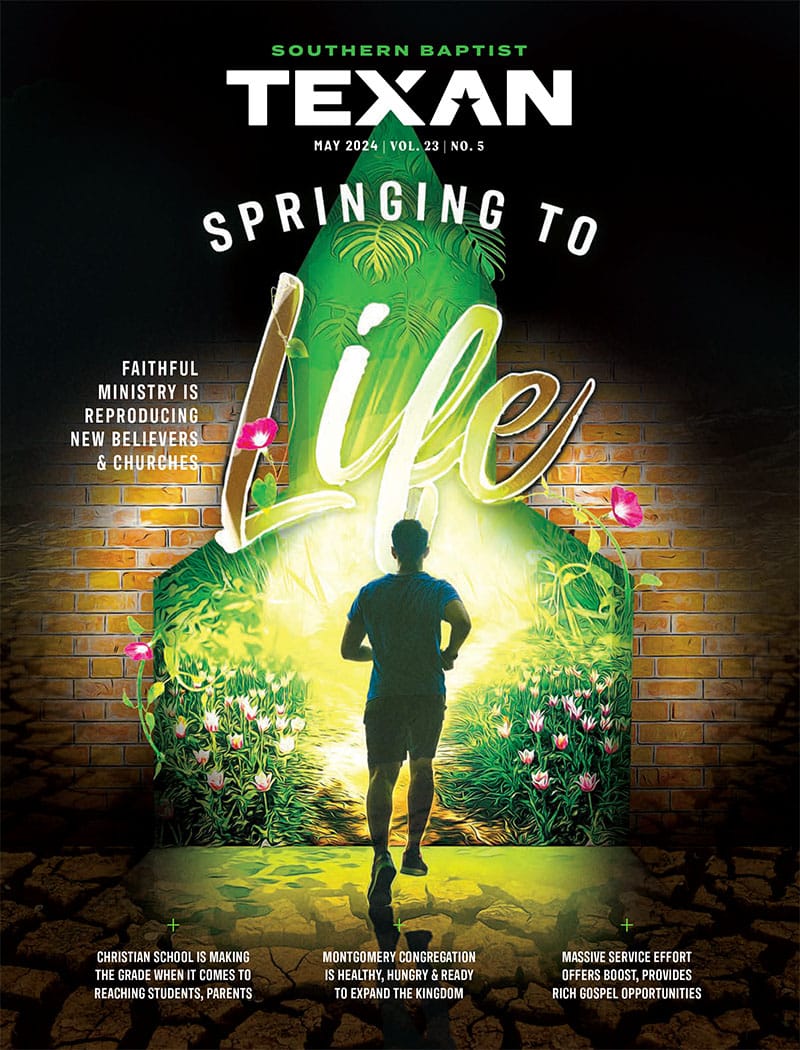Is it necessary for a church to interact with members online during the week? Does it matter? Is it even the right thing to do? Many people are asking questions like these regarding church and online engagement.
The truth is that if you don’t show up in people’s feeds on social media, the algorithm has plenty of other things to put there for them. Our news feeds and timelines are discipling us. And we are formed into the image of the content we most consume.
I want to encourage you to recognize that your congregation is on social platforms whether you like it or not. And, with the way we are all conditioned in a digital age, the algorithm is better at getting and keeping their attention than a 35-minute sermon. This is essential to understand because our attention is a pivotal piece in our spiritual formation. John Mark Comer said it this way, “What you give your attention to is the person you become” (The Ruthless Elimination of Hurry, 54). Can you, as a pastor or church leader, use these platforms to turn people’s attention to Christ? And in doing so, can you foster his work in and through them? I believe you can.
However, we have to get practical about how to do this, which can be uncomfortable. No one likes talking about the nitty-gritty of how to do this type of stuff because it feels small, ridiculous, or like marketing. You might read some of the ideas I share and think to yourself, “Really? That feels very basic.” But the reality is that engaging your congregation online means using basic social media marketing principles, not to build the church’s “brand,” but to shepherd your congregations during the 167 hours of the week that they aren’t in your building.
It’s one thing to debate if church can be virtual or not. It’s another thing to use these platforms as part of your ministry the way they were designed to be used. The weekly, physical gathering will always be the primary ministry of the church. We should not forsake it (Heb. 10:25). As embodied creatures who are part of the body of Christ, our physical presence is of the utmost importance. Yet, we are a generation who is living out this reality in the digital age. And, it’s important for the church to view virtual space as the grounds for legitimate ministry.
I want to suggest going a few steps beyond just live-streaming, which many have become accustomed to during the pandemic. You may be cautious about adopting new platforms, but your congregation isn’t. They are already on those platforms, being shaped and formed by the content they see that’s not even on your radar. In light of this, here are seven practical ideas you can try in the new year:
Sermon point carousels
Take the sermon points from the week and use Canva to turn them into an Instagram carousel. A carousel is where you use the 10 photo slots available to you on Instagram to create what is essentially a slide deck. One example of this is from The Bridge Church in Tennessee.
This is a great role for a volunteer and might only take about 30 minutes. Send the volunteer the sermon notes and audio. They can take the three to five big points and turn them into carousels. Instagram’s algorithm loves carousels, and it will help people remember what was preached that week.
Live Facebook/Instagram Q&A
Do a Facebook or Instagram Live during lunch with a Q&A on anything people want to talk about. To do this on Facebook, open up the Facebook app, go to your church’s Facebook page, scroll down below the “Create a post” button and click “Live.” Then click “Start Live Video.”
On Instagram, simply swipe right to access the camera, select “Live” at the bottom of the screen, and click the button in the middle of the bottom of the screen.
Make sure to tell people you are going to do it before you go live so they can think about a question. You can do this on Instagram Stories, too. Use the question sticker to accept people’s questions and then respond to them by pressing the question in your notifications and then recording a video in the app responding to it.
It should only take about 30 seconds of your time to ask for questions. Doing this even once a month will show that you care about what is on your congregation’s hearts and minds and that you are willing to connect with them where they are.
Video of cut sermon content
Pastor, you can take one of the points from your most recent sermon that had to get cut and record a video on your iPhone of you talking about it. Make it anywhere from one to three minutes, and post it to social media. If you need help, you can enlist the help of someone on staff who is more knowledgeable about technology.
Maybe it’s that Greek word you found interesting but didn’t think was good to keep in your sermon. Or, it might be an illustration that didn’t quite work but is still powerful. Perhaps, it’s a fourth point you wanted to make but were out of time. Whatever it is, it may not have fit on Sunday, but it probably fits on social. And don’t forget to spend some time replying to the comments after you post. It shows that you want to interact with and shepherd your people, not just preach and leave.
Ask questions on Instagram Stories
On Instagram Stories, use the question sticker to ask something like, “What’s the hardest thing for you to believe this week?” Then, share the answers (which are anonymous). Maybe you can even go first. Resist trying to provide answers; it will help create a culture of honesty and vulnerability in the church. In a time when so many people feel hesitant to express doubt, this is a chance for them to be honest about their struggles without feeling judged or condemned.
Your church will even receive some pastoral insight on how to better shepherd people from the results. Are you seeing common themes? Your pastor can include an aside into an upcoming sermon or make a short video to post later in the week. Pastors might be surprised at what they will learn about their congregation just by asking a simple question on Instagram.
Sermon resources email
Send an email to the church with the sermon sources for the week. Pastor, it will give people a look into what’s influencing your and an opportunity to dig deeper. Make sure to keep the email brief so that people are more likely to read all of it. Be sure to include links to the resources you used so that it’s easier for your members to access them. Your congregation will benefit greatly from a simple email that someone on staff can help you shape.
Church-wide Discord server or Facebook group.
Start a church-wide Discord Server or Facebook group where there can be an ongoing conversation between the congregation, staff, pastors, etc., and engage with this daily. You can create sub-channels for different topics in Discord. Many people feel disconnected from their church, and this is a way to stay in touch, foster conversation, and provides a window into how your congregation is doing so your staff can better shepherd them. All you need to do is devote just a few minutes every day to observing the conversations and joining in.
To create a Discord server, download the Discord app in the App store, create an account, and on the left-hand side bar, click the “+” button. Follow the process to create a server for your church.
For a Facebook group, open the Facebook app, click the Groups icon in the bottom of the screen, followed by clicking the “+” icon in the top right of the screen. Click “Create a group,” and follow the process to set up a group for your church.
Repurpose sermons into a blog/newsletter
A volunteer who is great at writing or editing can use Descript to transcribe the sermon and remove filler words. Cut it down to about 1,000–1,500 words, and put it on Substack — a service that allows you to write a newsletter that people subscribe to with their email (this creates an email list) and also publish it on a unique URL as a blog.
Having an email list is one of the only assets you can own on the web (for now). All other services such as Facebook, Instagram, YouTube, Discord, and others are rented space. An email list is an asset you own that gives you direct access to people’s inboxes. People can unsubscribe, but you aren’t dependent on a private platform. It’s also the most direct way to reach people. Everyone checks their email. You’re more likely to reach your people because they will open your email if they value the content you send. There are many other creative ways you can utilize email for your congregation beyond this and sending out event announcements, but it starts with building the email list first. This is a great way to do that.
And here’s a pro-tip: Publish the newsletter on a one- to two-month delay from the date you preached it. That way it’s not immediately redundant and can be an easy reminder once it starts to slip from people’s minds.
Start with what you have
All of these suggestions are just a start. There are myriad things you can do on online platforms, but you don’t have to reinvent the wheel here, especially if this prospect is overwhelming to you. These seven ideas — which will be pretty simple once you figure them out — mean you have a strategy for the whole week. If you do one of these a day, you’ve just done more to engage your congregation online than many churches. If you do two to three a week, you’ll be covered for the whole month and still be doing great at online engagement.
We now live our lives in a hybrid of physical and digital, and there’s no going back. Of course, we never want to forsake the physical — we are physical beings made in God’s image who are called to gather together in the name of Christ — but we shouldn’t forsake our people to the digital either. It’s important that we begin to see our ministry extending into the digital spaces, where people spend hours every day. If church members are giving a majority of their attention to online platforms, then let’s find creative ways to grab their attention and point them to Christ.
The post 7 practical ways to engage church members online appeared first on ERLC.



